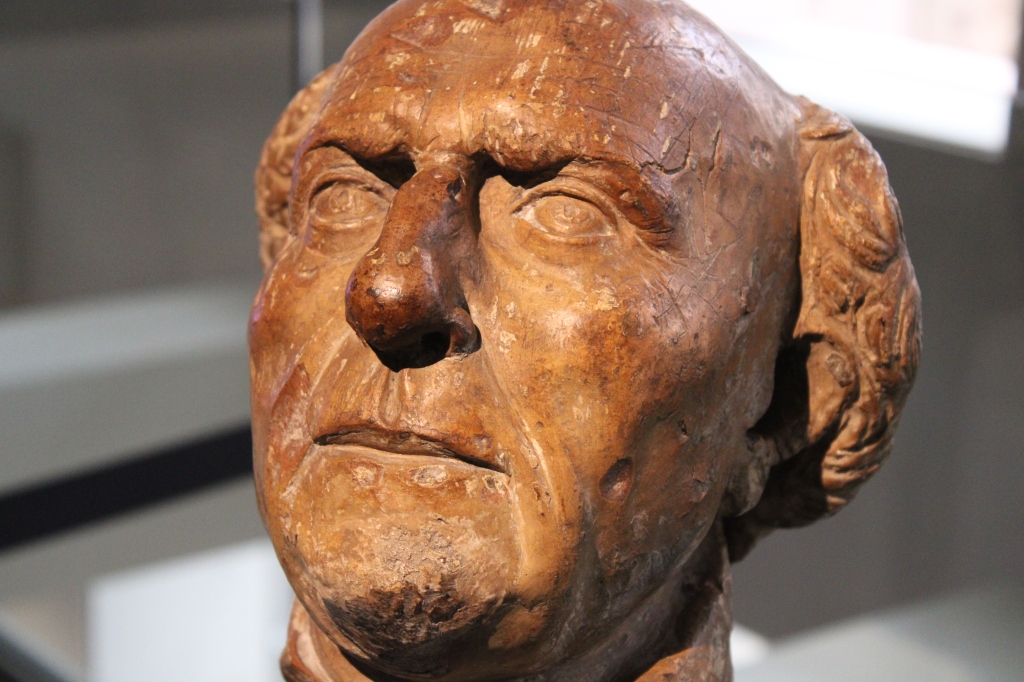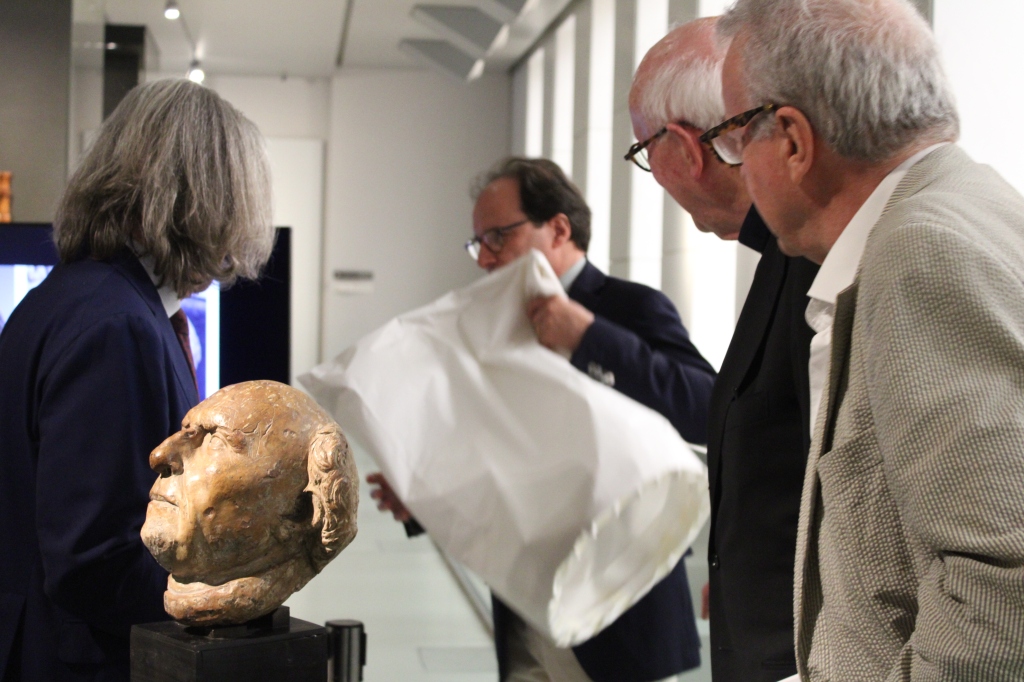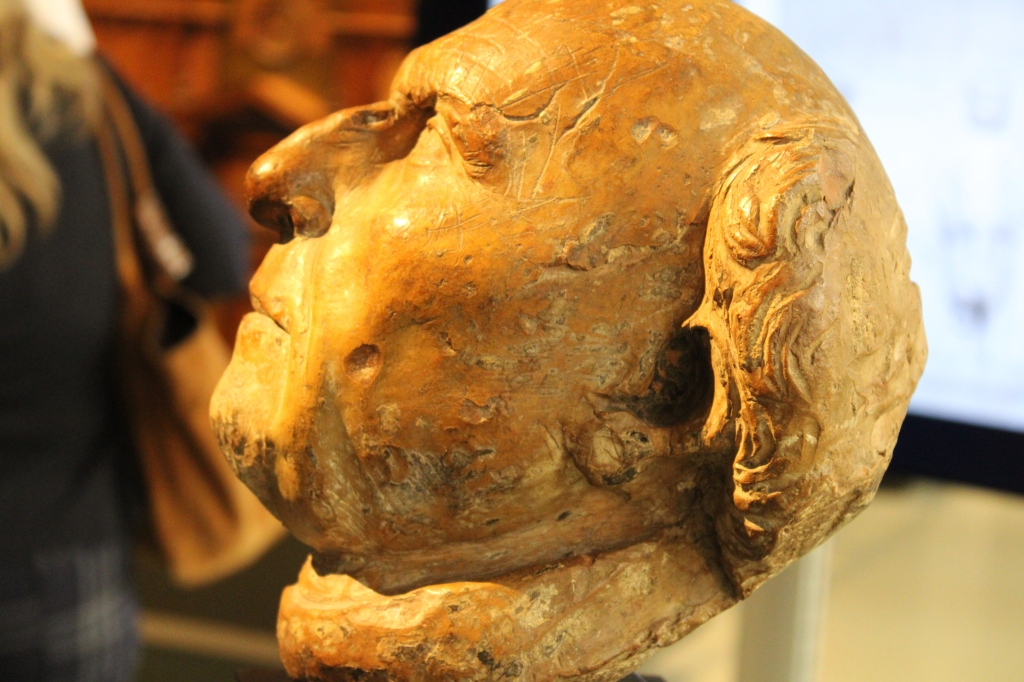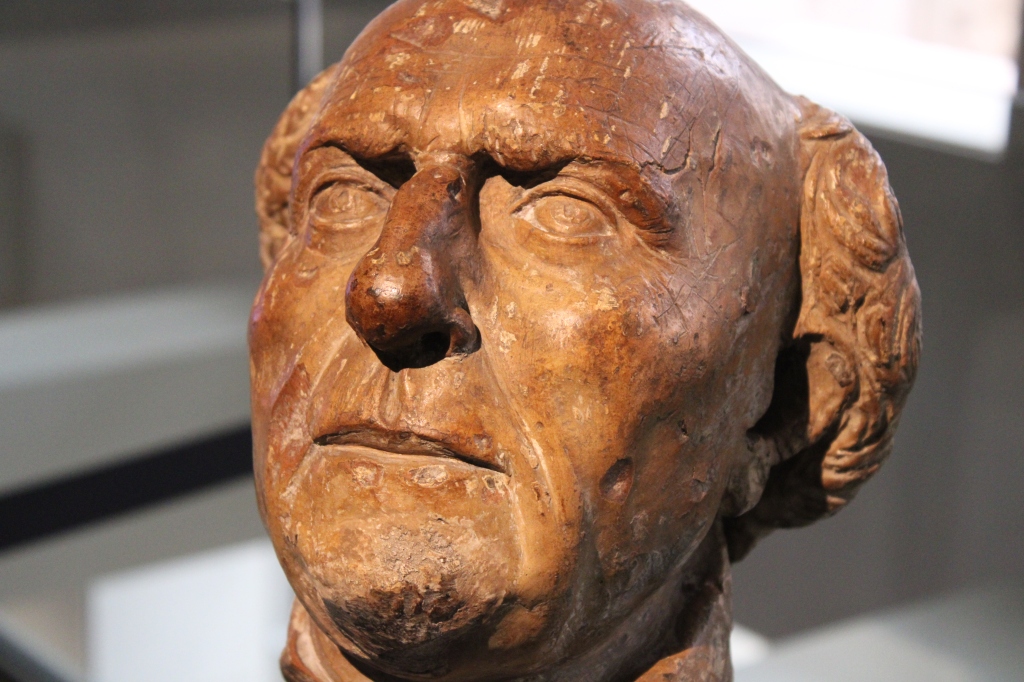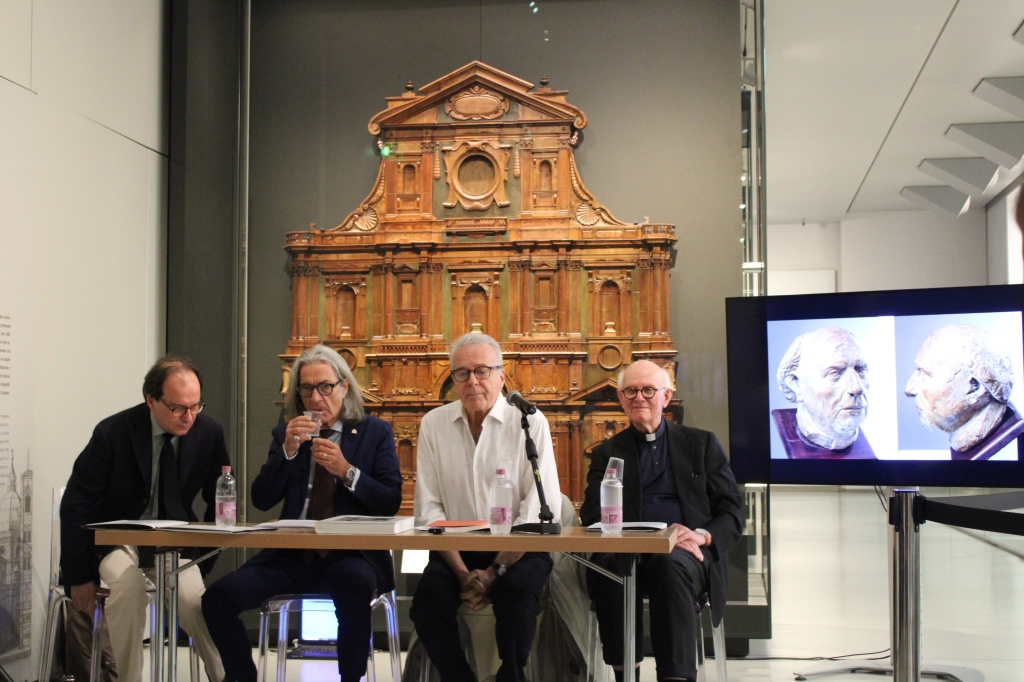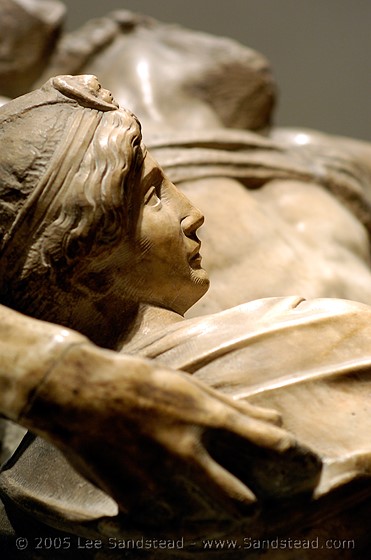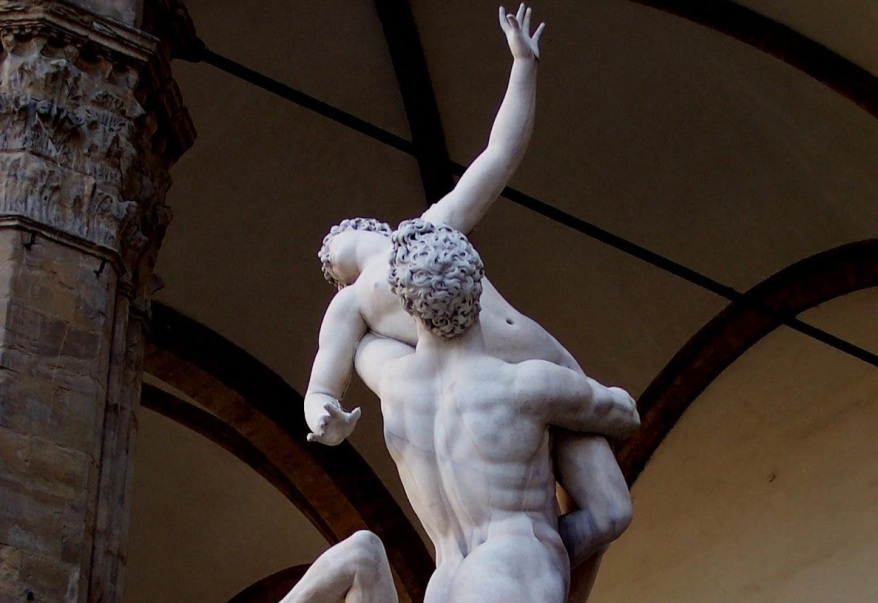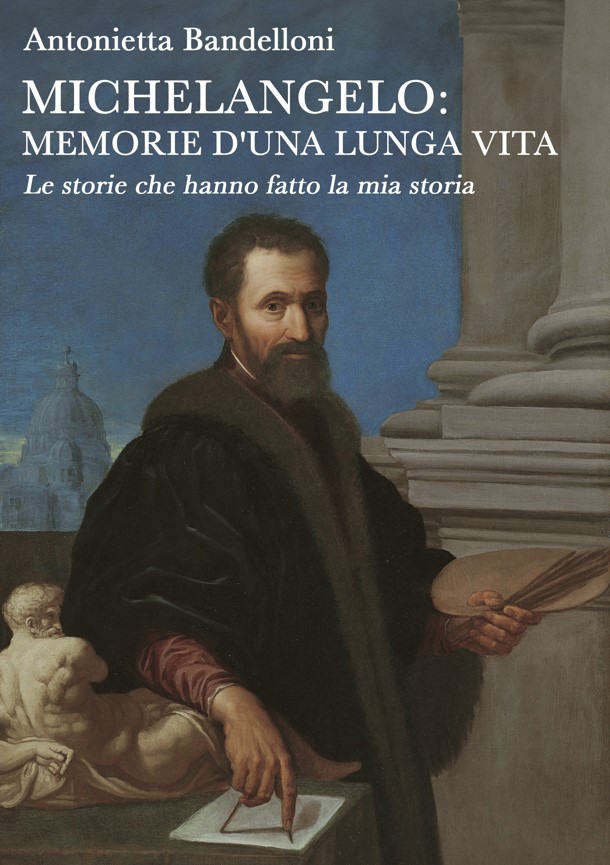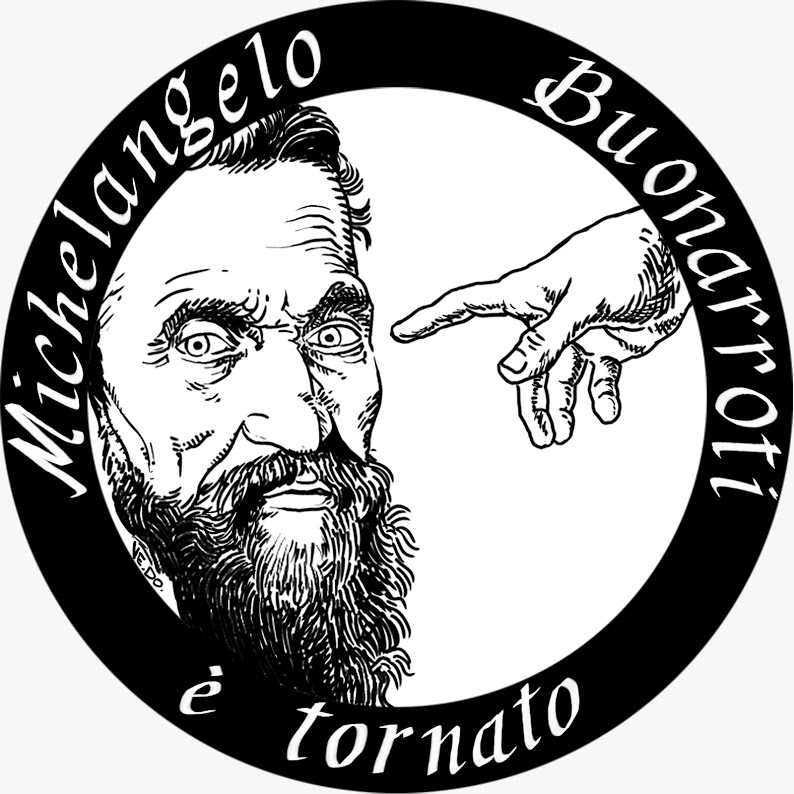Ritrovato il ritratto in terracotta del Brunelleschi, modellato dal figlio
Esiste un ritratto fino al momento inedito del Brunelleschi ed è quello che modellò in terracotta il figlio Andrea di Lazzaro Cavalcanti, più noto come il Buggiano, nel 1447.
Lo ha appena acquistato l’Opera di Santa Maria del Fiore per arricchire le proprie collezioni ed è presentato ieri mattina alla stampa.
Figlio adottivo e unico erede del Brunelleschi, il Buggiano nato nel 1412, realizzò quella testa dopo la morte del padre, modellando un blocco di argilla quasi pieno, senza utilizzare alcun calco. Sull’opera ancora sono presenti le impronte delle dita che hanno lavorato su quel materiale ancora fresco.
Dobbiamo la scoperta di questa scultura del primo Rinascimento a Giancarlo Gentilini e Alfredo Bellanti, illustri storici dell’arte specializzati nella scultura del Quattrocento, che sono riusciti a identificare questo modello che molto probabilmente il Buggiano adoperò successivamente per scolpire fra il febbraio e il marzo del 1447 il busto del padre in marmo che lo onora nel Duomo di Santa Maria del Fiore.
La singolare opera, carica di tutto il pathos che può avere con la modellatura eseguita da un figlio che ha appena perso il padre, è stata ritrovata fra le pertinenze di una dimora ubicata nell’area fiorentina. Alle spalle ha oramai quasi settecento anni di esistenza eppure, nonostante la delicatezza del materiale con il quale fu realizzata e i segni del tempo, è giunta pressoché integra fino ai nostri giorni.
D’altro canto il Buggiano ci ha lasciato in eredità opere straordinarie sebbene pressochè sconosciute al grande pubblico come i due lavabi nelle sagrestie del duomo di Firenze che, come afferma Natali “sono dei mirabili testi poetici di natura umanistica in senso stretto”.
La testa verrà sottoposta a un intervento di restauro conservativo per essere poi proposta al pubblico in una piccola esposizione assieme alla maschera funebre del Brunelleschi, sempre realizzata dal figlio Buggiano, a diversi documenti e al monumento presente nel duomo.
Un modo per raccontare una parte di storia molto importante dell’Opera del Duomo a tutti i visitatori che ogni giorno varcano le soglie del duomo stesso affascinati dalla sua imponenza e bellezza ma, che troppo spesso, non si pongono molte domande sulle storie che ci sono dietro ogni singolo dettaglio che i loro occhi vedono.
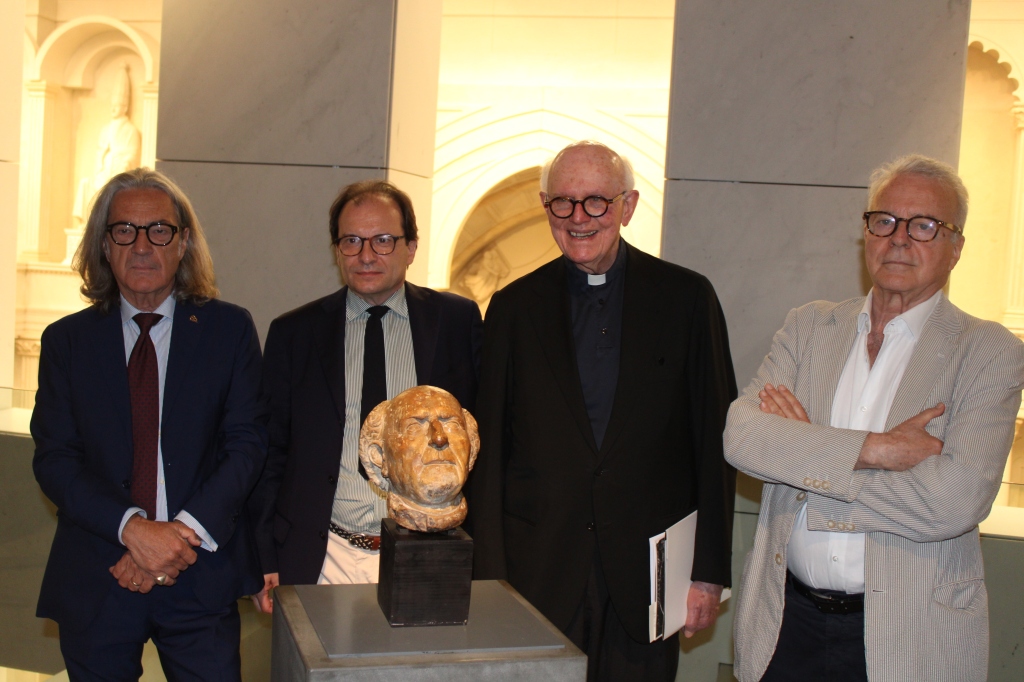
Dopo la mostra l’opera sarà esposta in modo permanente all’interno del museo.
Si tratta di una scoperta straordinaria. Oltre al valore in sé dell’opera, è un raro esempio di un ritratto del Brunelleschi coevo o di poco successivo alla sua dipartita dal vostro mondo terreno. Fino al momento erano noti infatti solo quello scolpiti dal figlio Buggiano per il duomo di Firenze e la maschera mortuaria nel Museo dell’Opera.
Sono conosciuti anche due ritratti dipinti ovvero il profilo da giovane che il Masaccio volle inserire negli affreschi appena restaurati della Cappella Brancacci e quello della tavola del Louvre attribuita dal Vasari a Paolo Uccello del 1470 circa.
E’ curioso vedere come nel modello in terracotta ci siano delle particolarità che poi vennero modificate dallo stesso Buggiano nel ritratto marmoreo destinato a durare più a lungo. Mentre le orecchie del modello sono a sventola, quelle del marmo sono più piccole e ben fatte. L’espressione severa che denota la fermezza del geniale architetto nel marmo è stata poi leggermente addolcita come sono stati addolciti i tratti più austeri.
Brunelleschi non aveva certo un carattere docile. Il figlio adottivo, non sentendosi appagato per i tanti lavori fatti per il padre, a un certo punto della sua vita scappò a Napoli rubandogli fiorini e gioielli. Ci volle l’intervento di papa Eugenio IV per far riappacificare i due.
Il restauro della testa in terracotta verrà avviato a breve. Seppur integra l’opera infatti mostra diverse scalfiture e importanti residui di una velatura gessosa. Sono presenti anche diverse stesure pittoriche naturalistiche più una successiva brunita data probabilmente per simulare il colore del bronzo.
Per il momento il sempre vostro Michelangelo Buonarroti vi saluta dandovi appuntamento ai prossimi post e sui social.
The terracotta portrait of Brunelleschi, modeled by his son, has been found
There is a previously unpublished portrait of Brunelleschi and it is the one that his son Andrea di Lazzaro Cavalcanti, better known as Buggiano, modeled in terracotta in 1447.
The Opera di Santa Maria del Fiore has just purchased it to enrich its collections and it was presented to the press yesterday morning.
Brunelleschi’s adopted son and only heir, Buggiano born in 1412, created that head after his father’s death, modeling an almost full block of clay, without using any cast. The work still bears the imprints of the fingers that worked on that still fresh material.
We owe the discovery of this early Renaissance sculpture to Giancarlo Gentilini and Alfredo Bellanti, illustrious art historians specialized in fifteenth-century sculpture, who managed to identify this model which Buggiano most likely subsequently used to sculpt between February and March of 1447 the marble bust of his father that honors him in the Cathedral of Santa Maria del Fiore.
The singular work, full of all the pathos that it can have with the modeling carried out by a son who has just lost his father, was found among the appurtenances of a residence located in the Florentine area. It now has almost seven hundred years of existence behind it and yet, despite the delicacy of the material with which it was made and the signs of aging, it has survived almost intact to this day.
On the other hand, Buggiano left us a legacy of extraordinary works although almost unknown to the general public, such as the two washbasins in the sacristies of the cathedral of Florence which, as Natali states “are admirable poetic texts of a humanistic nature in the strict sense”.
The head will undergo a conservative restoration operation to then be offered to the public in a small exhibition together with Brunelleschi’s funeral mask, also created by his son Buggiano, various documents and the monument present in the cathedral.
A way to tell a very important part of the history of the Opera del Duomo to all the visitors who every day cross the threshold of the cathedral itself, fascinated by its grandeur and beauty but who too often do not ask themselves many questions about the stories behind each single detail that their eyes see.
After the exhibition the work will be permanently displayed inside the museum.
This is an extraordinary discovery. In addition to the value of the work itself, it is a rare example of a portrait of Brunelleschi from the time or shortly after his departure from your earthly world. In fact, until now only the one sculpted by his son Buggiano for the Florence cathedral and the death mask in the Museo dell’Opera were known.
Two painted portraits are also known: the profile of a young man that Masaccio wanted to include in the newly restored frescoes of the Brancacci Chapel and that of the panel in the Louvre attributed by Vasari to Paolo Uccello from around 1470.
It is curious to see how in the terracotta model there are particularities which were then modified by Buggiano himself in the marble portrait destined to last longer. While the model’s ears are protruding, the marble’s are smaller and more well-made. The severe expression that denotes the firmness of the brilliant architect in marble was then slightly softened as the more austere features were softened.
Brunelleschi certainly did not have a docile character. The adopted son, not feeling satisfied with the many jobs he had done for his father, at a certain point in his life ran away to Naples, stealing florins and jewels from him. It took the intervention of Pope Eugene IV to make peace between the two.
The restoration of the terracotta head will begin soon. Although the work is intact, it shows several scratches and important residues of a chalky glaze. There are also several naturalistic pictorial layers plus a subsequent burnishing probably done to simulate the color of bronze.
For the moment, your always Michelangelo Buonarroti greets you and will meet you in the next posts and on social media.

Sostienici – Support Us
Se questo blog ti piace e ti appassiona, puoi aiutarci a farlo crescere sempre più sostenendoci in modo concreto condividendo i post, seguendo le pagine social e con un contributo che ci aiuta ad andare avanti con il nostro lavoro di divulgazione. . ENGLISH: If you like and are passionate about this blog, you can help us make it grow more and more by supporting us in a concrete way by sharing posts, following social pages and with a contribution that helps us to move forward with our dissemination work.
10,00 €
-

La Belle Époque a Palazzo Cucchiari a Carrara
🇮🇹La Belle Époque sta per arrivare a Carrara. Le sale di Palazzo Cucchiari a Carrara, a partire dal 28 giugno ospiteranno la mostra ‘Belle Époque. I pittori italiani della vita moderna. Da Lega e Fattori a Boldini e De Nittis a Nomellini e Balla‘ curata da Massimo Bertozzi… 🇬🇧The Belle Époque is about to arrive…
-
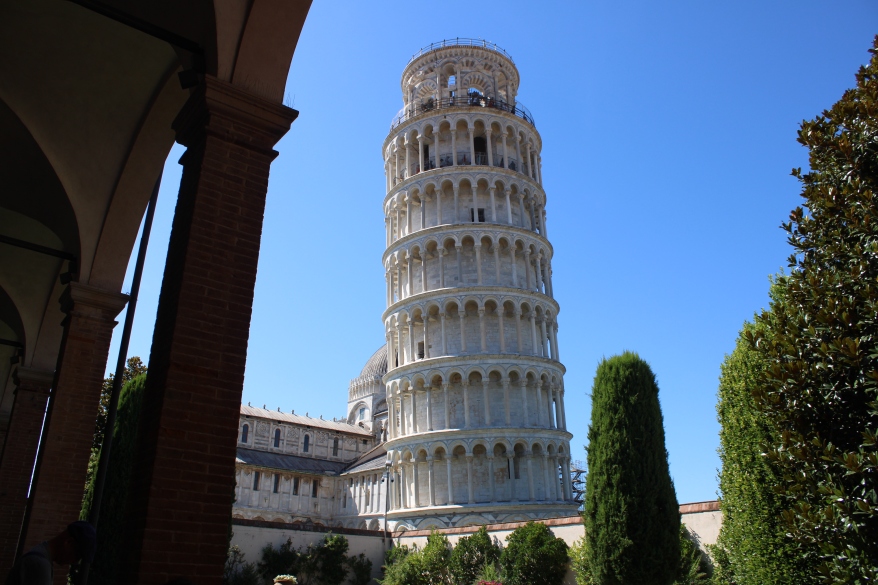
La mostra della Torre di Pisa: il viaggio nella storia
🇮🇹Se siete appassionati di arte e storia, non potete perdervi la straordinaria mostra organizzata dall’Opera della Primaziale Pisana in occasione dell’850º anniversario dalla posa della prima pietra della Torre di Pisa… 🇬🇧If you are passionate about art and history, you cannot miss the extraordinary exhibition organized by the Opera della Primaziale Pisana on the occasion…

